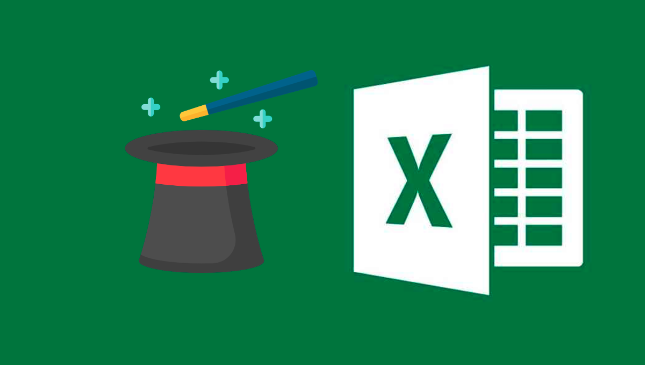
Streamline School Administration with These 5 Management Tools
In today’s ever-changing educational platform, school administrators face a variety of obstacles in properly managing resources, data, and communication. As schools adapt to the demands of the digital age, administrators must stay ahead of the curve by adopting cutting-edge management systems. These tools not only streamline administrative processes but also enhance overall school efficiency. Below is a list of five powerful management tools that can transform the way administrators can run educational institutions.
Using technological tools can help school administration become more efficient and organized as it can ultimately make them more focused on what truly matters.
1. Student Information Systems (SIS): Organizing Student Data with Precision
Student Information Systems, or SIS, are the backbone of efficient school administration. These comprehensive platforms offer a centralized repository for student data, enabling administrators to manage everything from enrollment and attendance to grading and disciplinary records. Modern SIS solutions also provide parent and teacher portals, enhancing communication between all stakeholders. Most educational institutions prefer to use a separate software for hostel management to enhance the overall efficiency. By consolidating all student information in one place, schools can make informed decisions, identify trends, and provide a higher level of personalized support for students.
2. Timetable Schedulers: Crafting Optimized Academic Schedules
Creating and managing school schedules is a complex task that can become overwhelming without the right tools. Timetable schedulers are dedicated software that simplifies the process. These tools take into account teacher availability, classroom assignments, and student preferences to generate optimized timetables. By ensuring that classes run smoothly and efficiently, schools can reduce conflicts, improve teacher satisfaction, and enhance the learning experience for students.
3. Communication Portals: Fostering Seamless School-Home Connections
Effective communication between schools, parents, and students is vital. Communication portals are essential management tools that streamline this process. These platforms facilitate quick and secure messaging, notifications, and information sharing. They frequently contain features like event calendars, grade monitoring, and direct messaging, which allow parents to stay up to date on their child’s progress and school activities. A well-connected school community encourages increased engagement and support, which can benefit student performance.
4. Financial Management Systems: Budgeting Made Efficient and Transparent
Budgeting and financial management in schools are complex tasks that require precision and transparency. Administrators may easily track spending, assign budgets, and generate financial reports using dedicated financial management systems. These solutions not only make day-to-day financial operations easier, but they also give the openness required to meet compliance standards. Schools may better allocate resources, find cost-cutting opportunities, and guarantee that every dollar is spent on improving the educational experience.
5. Learning Management Systems (LMS): Revolutionizing Teaching and Learning
Learning Management Systems are at the forefront of modern education, playing a pivotal role in the digital age. LMS platforms provide a centralized hub for teachers to create, deliver, and manage course content. They offer features like online assignments, discussion forums, and grading tools, making it possible for schools to embrace blended and fully online learning. LMS not only streamline teaching but also give students greater flexibility and access to educational resources. The ability to track student progress and engagement also allows for more personalized and data-driven instruction. One of the key tools to streamline school administration is an online examination system that simplifies the process of creating, managing, and grading exams.
In the dynamic world of education, efficiency, organization, and communication are paramount. The five management tools outlined in this guide are essential for modern school administration. Student Information Systems centralize student data, timetable schedulers optimize class schedules, communication portals foster connections, financial management systems ensure fiscal responsibility, and Learning Management Systems revolutionize teaching and learning. When schools use these tools, they can make things like paperwork easier and give more help to students, teachers, and parents. This makes the school better at handling the modern challenges. It also makes learning more fun and interesting for everyone.




